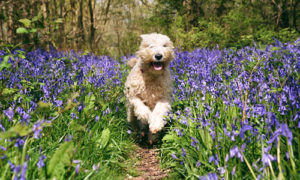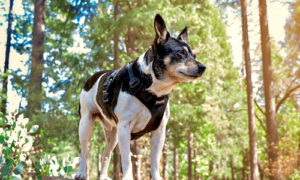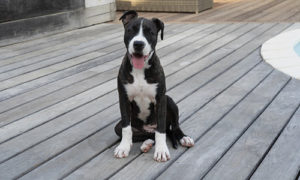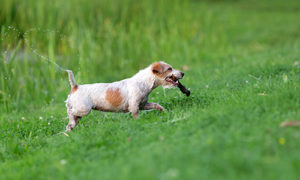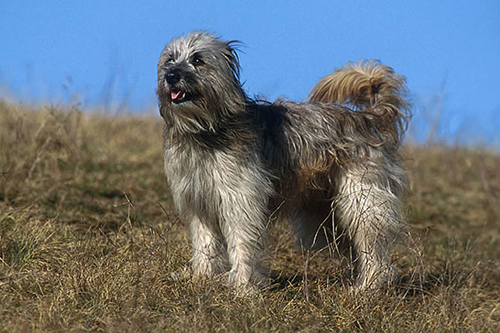
The Pyrenean Shepherd is a traditional herding dog that hails from the Pyrenese Mountains in the South of France, dating back to medieval times or even earlier. During World War I, French troops utilized the breed as messenger dogs, search and rescue dogs, and sentinels. In the 19th century, some Pyrenean Shepherds were imported to the United States and were used in the development of the Australian Shepherd. Still, it was not until the 1970s, when a Washington breeder imported a pair from France, that the breed gained attention in America. Later on, In the 1980s, more dogs were imported to establish breeding programs.
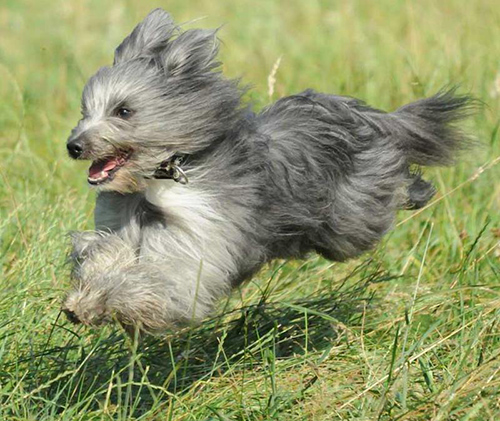
Breed Standard
The Pyrenean Shepherd is a compact, medium-sized, athletic dog with a distinctive flowing gait and vibrant expression. The head is triangular and small, with a flat skull and a straight muzzle. The eyes are almond-shaped, giving the breed an alert, mischievous expression.
The dog’s ears are high-set and moderately wide at the base and can be cropped or uncropped. The Rough-Faced variety has a unique windswept face, produced by the coat that gradually lengthens from the muzzle and chin to the sides of the head.
The Pyrenean Shepherd has a level back and a low-set tail that may be docked, natural bobtail, or long. The rough-faced variety has more rectangular proportions and a plume on the tail, while the Smooth-Faced type is more squarely proportioned.
Breed Facts
| Energy level | Watchdog ability | ||
| Exercise requirements | Protection ability | ||
| Playfulness | Grooming requirements | ||
| Affection level | Cold tolerance | ||
| Friendliness toward dogs | Heat tolerance | ||
| Friendliness toward other pets | Friendliness toward strangers | ||
| Ease of training |
- Popularity: Very rare
- Family Group: Herding
- Country of Origin: France
- Date Developed: Ancient
- Original Purpose: Herding
- Current Function: Herding, Service dog, Agility, Obedience
- Other Names: None
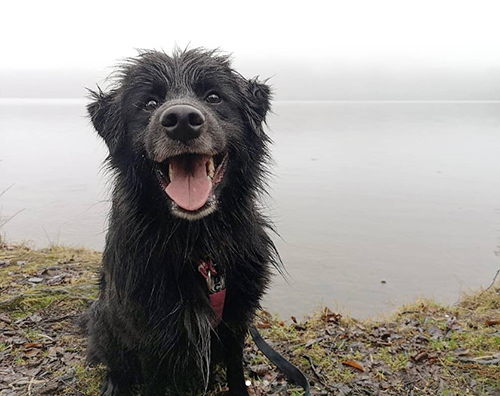
Activity level: Moderate. The breed has stamina but is adaptable to an urban lifestyle as long as it has adequate activity. Pyrenean Shepherds should have regular on-lead walks and free running and play in a fenced-in area. This dog is among the most active, work-driven, and responsive breeds. Therefore, they need an outlet for their racing mind and body daily.
Keeping this Shepherd happy and not destructive or frustrated requires a spirited jog or run several times weekly and some form of mental challenges at least once a day.
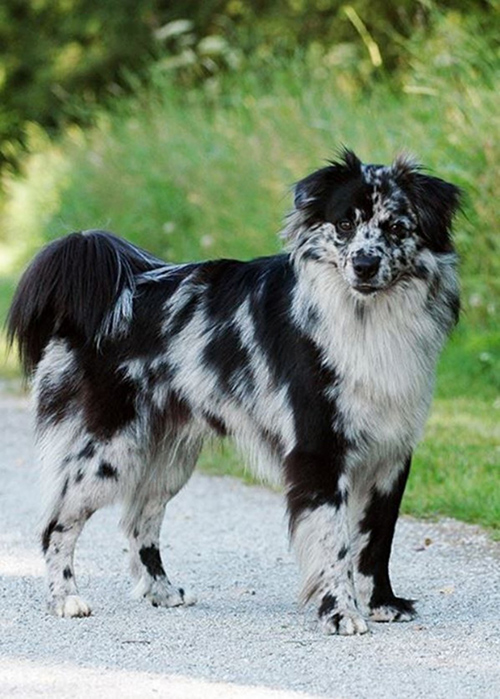
Grooming: The coats of correct texture do not require much maintenance. Demilong coats and coats on Smooth-Faced dogs need brushing once monthly; long coats require brushing twice monthly. You can let the long coat cord naturally, in which case you will have to separate the cords by hand and brush the rest of the body every few weeks. The double dewclaws must be trimmed regularly.
Coat: The Rough-Faced variety has a demilong or long flat to slightly wavy coat, is harsh textured, and has a minimal undercoat. The Smooth-Faced type has a body coat that is fine and soft, up to two inches long on the body and up to three inches long on the ruff and culottes. The muzzle is covered with short hair that becomes longer on the sides.
Color: Shades of fawn, shades of grey, merle, brindle, black, black with white markings
Group: Herding
Year of recognition by the AKC: 2009
Pyrenean Shepherd Temperament
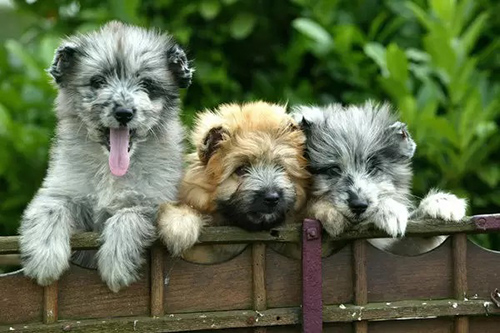
This dog is a cheerful companion that is especially sensitive to its owner’s moods. Pyrenean Shepherds have strong working drive and herding instincts. They frequently get along well with other animals but may try to herd them. Naturally alert and distrustful of strangers, they are proficient watchdogs. Puppies must have extensive early socialization.
Working and herding is this dog’s primary responsibility, and it loves to work. They are incredibly obedient, attentive, active, and considered one of the top breeds for herding, obedience, and agility competitions. Its herding skills are versatile, including both herding and driving. Some can be very shy, but some can have jealousy tendencies and barks exuberantly.
Health
- Main Problems: none
- Minor Issues: CHD, patellar luxation, epilepsy, PDA, choroidal hypoplasia
- Rarely Seen: none
- Recommended Tests: hip, eye, patella
- Life Span: 14 to 16 years
- Weight: 15 to 30 pounds
- Weight: Rough-Faced: male – 15.5 to 18.5 inches; female – 15 to 18 inches | Smooth-Faced: male – 15.5 to 21 inches; female – 15 to 20.5 inches
Breeder and Buyer’s Advice
This breed is rare, and most breeders have a waiting list for their Pyrenees Shepherd puppies for sale. The price of a puppy is contingent upon the breeder and the dog’s pedigree.
Parent club: Pyrenean Shepherd Club of America; founded 1987
Rescue: You can find information about rescue dogs on the parent club’s home page

